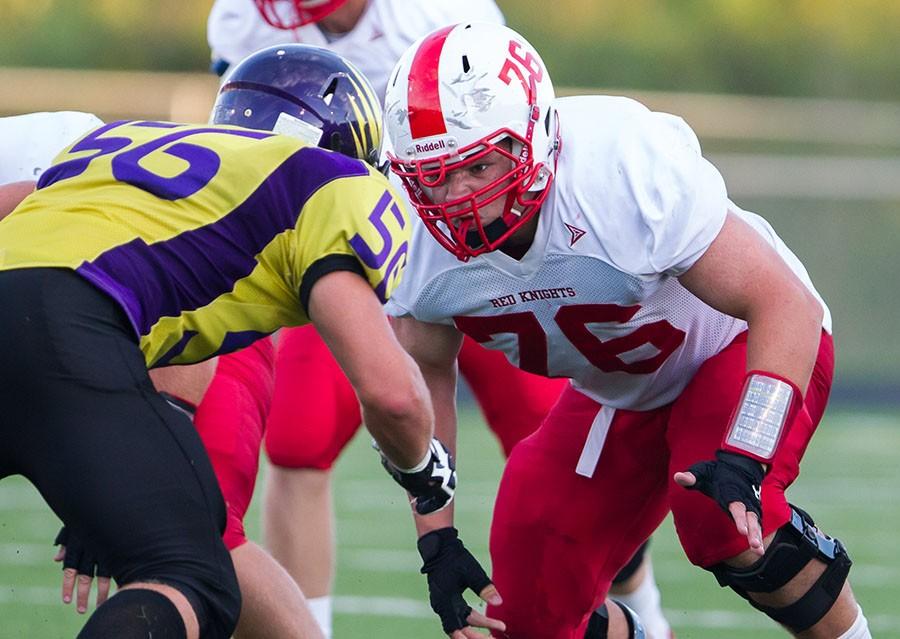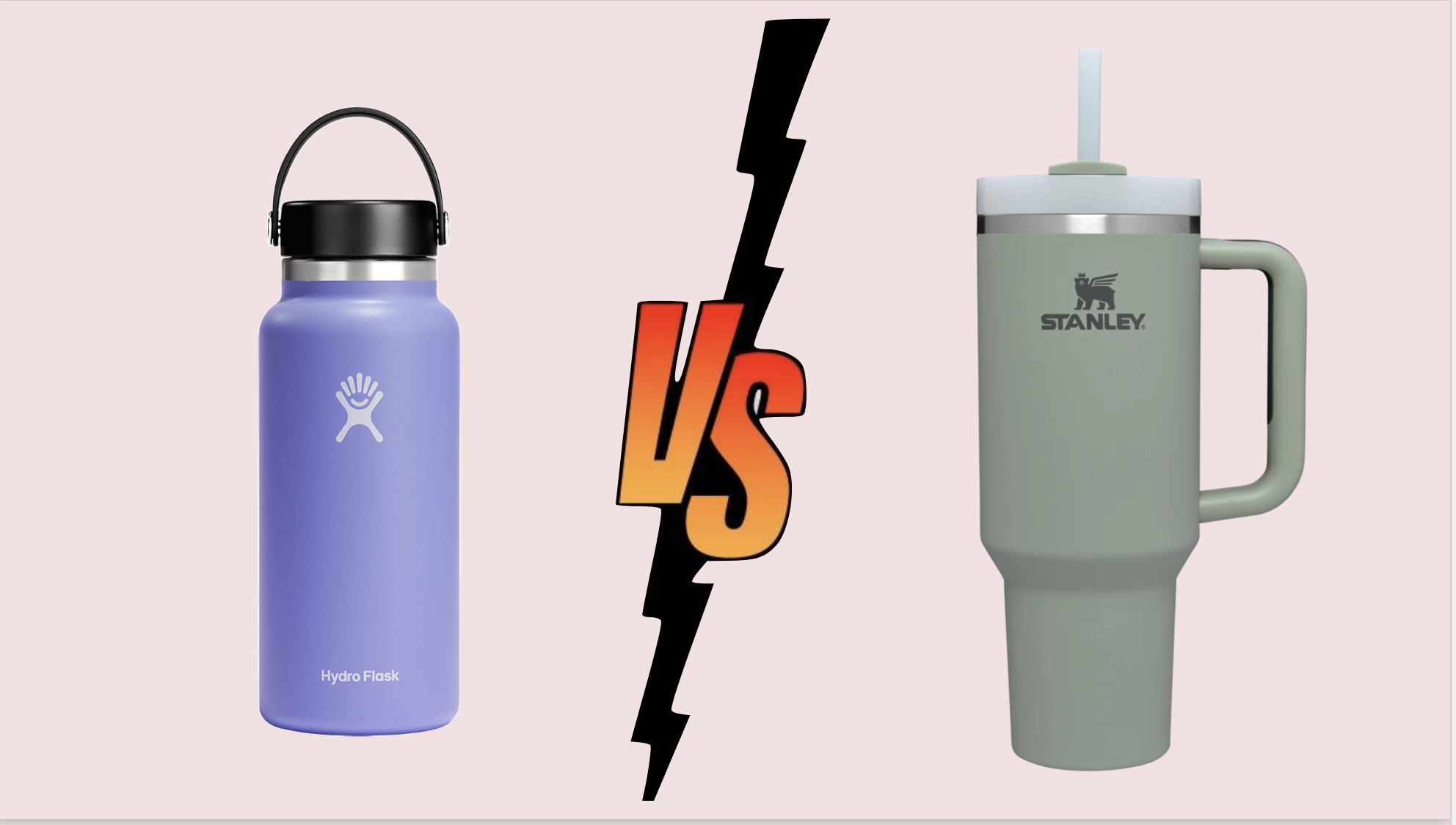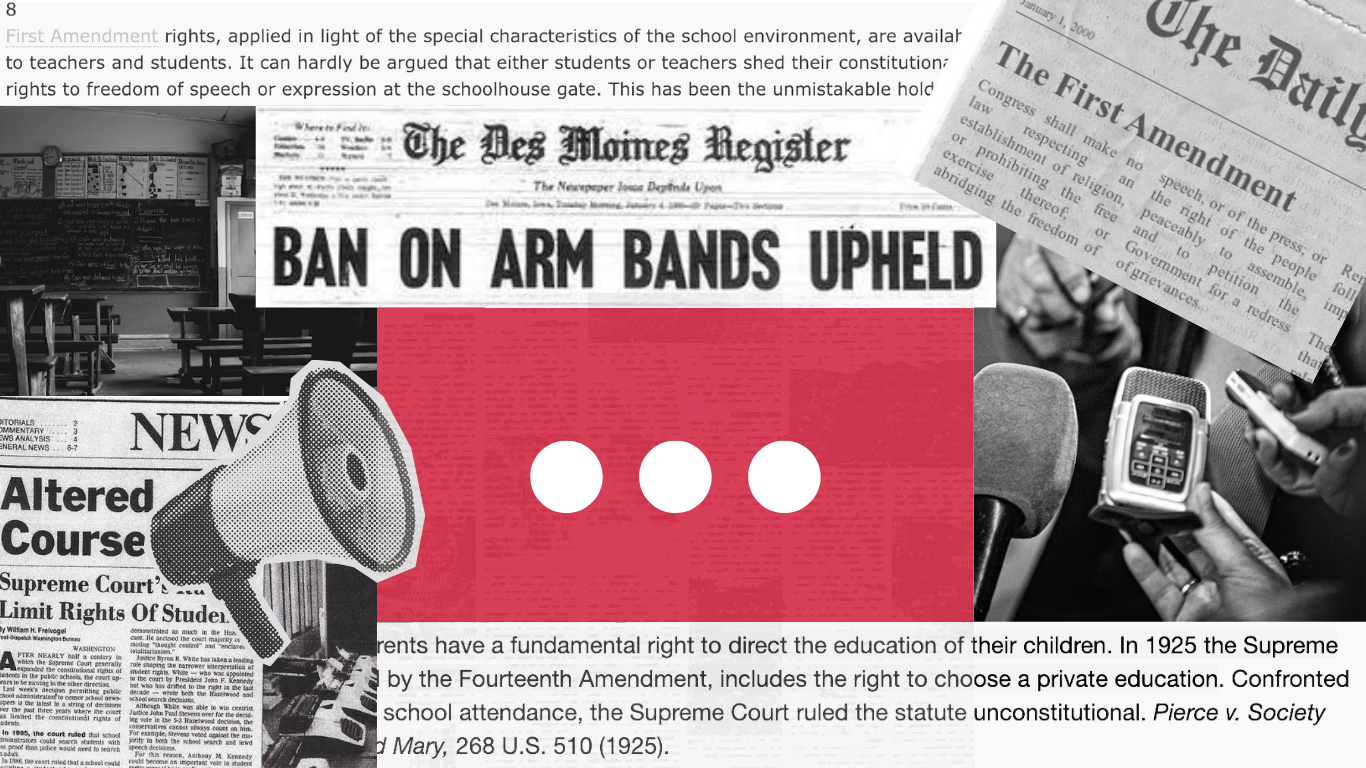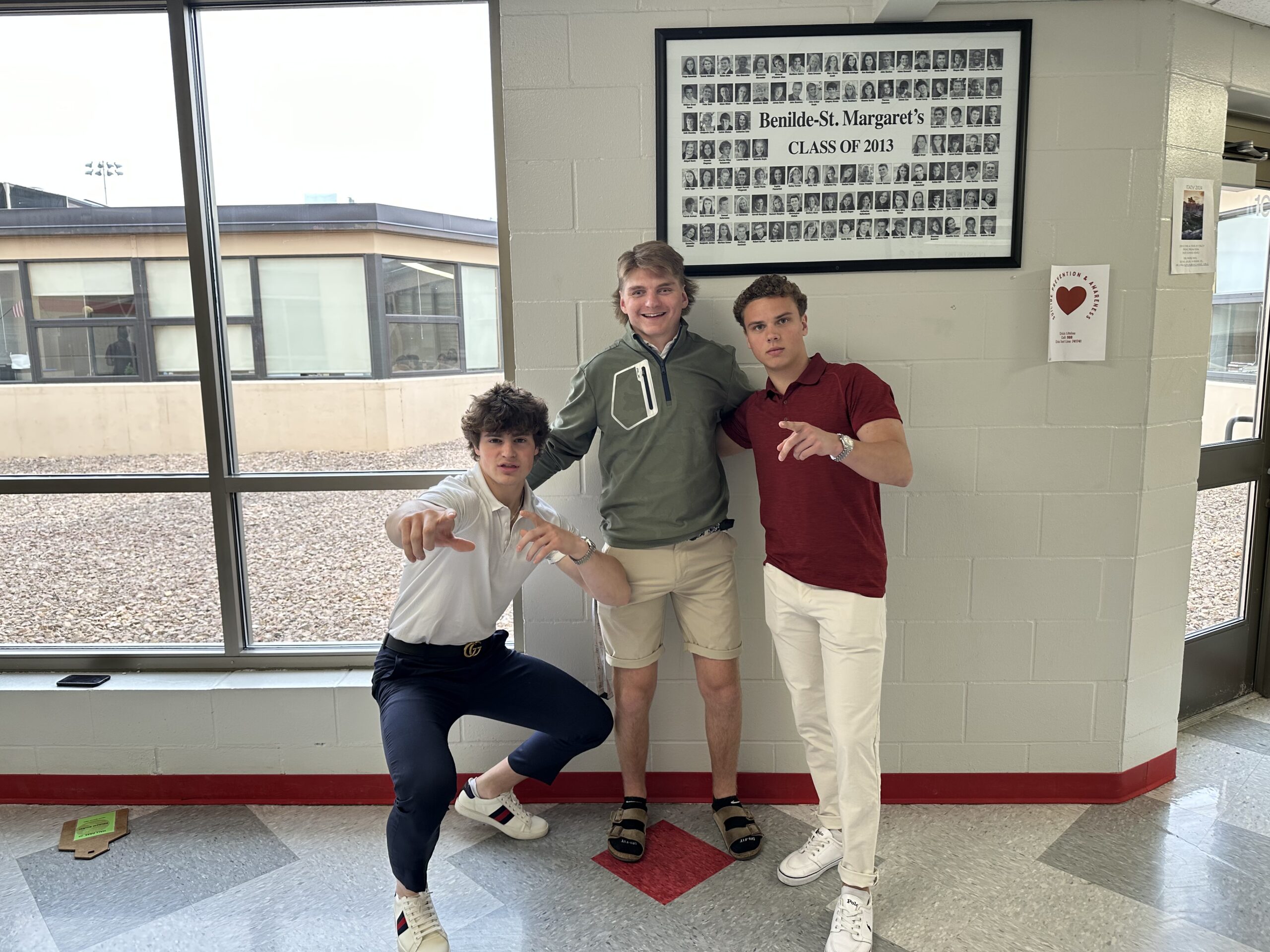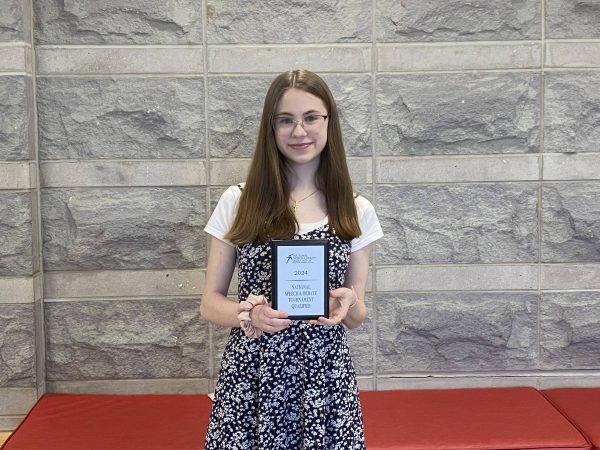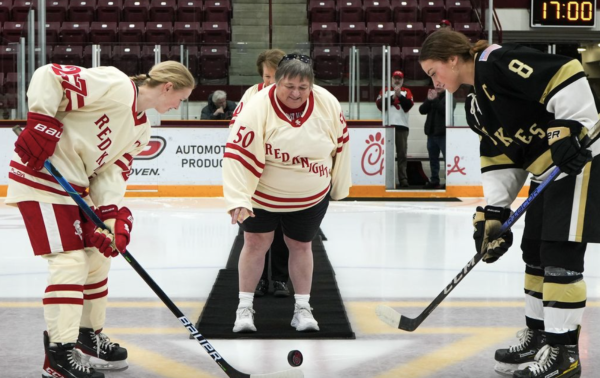College athletes journey through recruitment process while attempting to maintain impressive academic standards
Rooney blocks a lineman from Chaska in an early season matchup.
September 22, 2014
The college selection process is long and grueling with numerous factors that affect the decision for prospective students; however, for some athletes who are getting recruited to play collegiate sports, the process is even more complicated. Along with the academic requirements, prospective athletes spend time training, meeting with coaches, visiting schools and leading their teams on and off the field.
There is a notion that college recruits don’t have to work as hard in the classroom, but senior football captain Patric Rooney disagrees with this stigma: “Academics are a huge part of college recruitment. Good grades and test scores open up more options, and it’s pretty rare that colleges lower their standards for recruits. Coaches want an athlete with good academics because it will be easier to trust them to get their work done in college,” said Rooney. These recruits are put under microscopes and face huge amounts of pressure to perform at a high level on and off the field.
Unofficial recruitment can begin at any time in an athlete’s high school career, which means that colleges aren’t allowed to pay for anything for the athlete. After the athlete’s junior year, colleges can contact them in person off campus, and once senior season begins, colleges can pay for athletes to come visit on official visits.
For Ben Newhouse, the process started after his sophomore year. Newhouse was being heavily recruited to play hockey and believes the hardest part was making a final decision. “The hardest part was probably making a final decision. I had a pretty good idea going through the process that I wanted to go to Union, but making a final choice of where you’re going to spend arguably the four most important years of your life is a difficult decision,” said Newhouse.
Newhouse committed to Union College in his junior year, which was technically an unofficial commitment called a “Gentlemen’s Agreement,” where teams respect other schools committed players and don’t recruit other teams’ players. In addition, watching the Union Hockey team win the NCAA championship reaffirmed his decision. Newhouse plans to play for the Waterloo Black Hawks of the United States Hockey League next season and then enter the Union as a freshman. After college, Newhouse looks to pursue a professional career in the NHL for a while before moving onto the real world.
Rooney started all 10 football games as a sophomore. He was a highly touted offensive lineman going to his junior season and was featured as top five offensive line prospect on GopherHole.com. For any recruit, their junior season is huge. For Rooney, his was cut short when he tore his ACL at a summer football camp. “My injury definitely had an impact on the process,” said Rooney. “It immediately put me a year behind most people, leaving me off of a lot of teams’ radars. I had to really impress teams at camps this summer so that they would be interested and watch my senior film. It also impacted me in a physical way, leaving me with a years worth of work to make up over the offseason”.
In order to be the best player he could be, he trained with a strength trainer two days a week, a speed trainer two days a week, underwent physical therapy after surgery two times a week for six months, and a lifting and nutrition regimen.
Having been on the varsity softball team since junior High, senior Maddie Houlihan has had an amazing career as a Red Knight and is now the holder of nearly every season and career hitting record in BSM softball history. As for the records that she doesn’t hold yet, she seems poised to take them at some point in her senior season. Needless to say, Houlihan has been very heavily recruited for her skills.
For Houlihan, the recruitment process started after her freshman year, but didn’t really heat up until after her sophomore season, at which point the University of Minnesota joined the hunt. Houlihan said that a couple of the big factors in making her decision was the college’s academic standards and the coaches: “I really wanted a big school with strong academics. Also, having good coaches was a huge thing for me. I enjoyed talking to other coaches but the Gopher coaches really stood out,” Houlihan said.
Knowing that playing nervous would only be detrimental to her as a recruit, Houlihan has kept playing like nothing had changed. Even though colleges started pursuing Houlihan as she was entering her sophomore season, the pressure for her junior season, both on the field and in the classroom, was heightened. “I just learned how to manage my homework and my softball schedule,” said Houlihan. “There was definitely more pressure having to prove myself after committing to the University of Minnesota prior to the season. I enjoy the challenge.”
As seniors begin applying for colleges and looking toward the next chapter of their lives’, student-athletes continue to maintain a high level of academic success and performance on the field of play. While the process of recruitment can be taxing, it’s clear student athletes take pride in their passion for their respective sports.











































